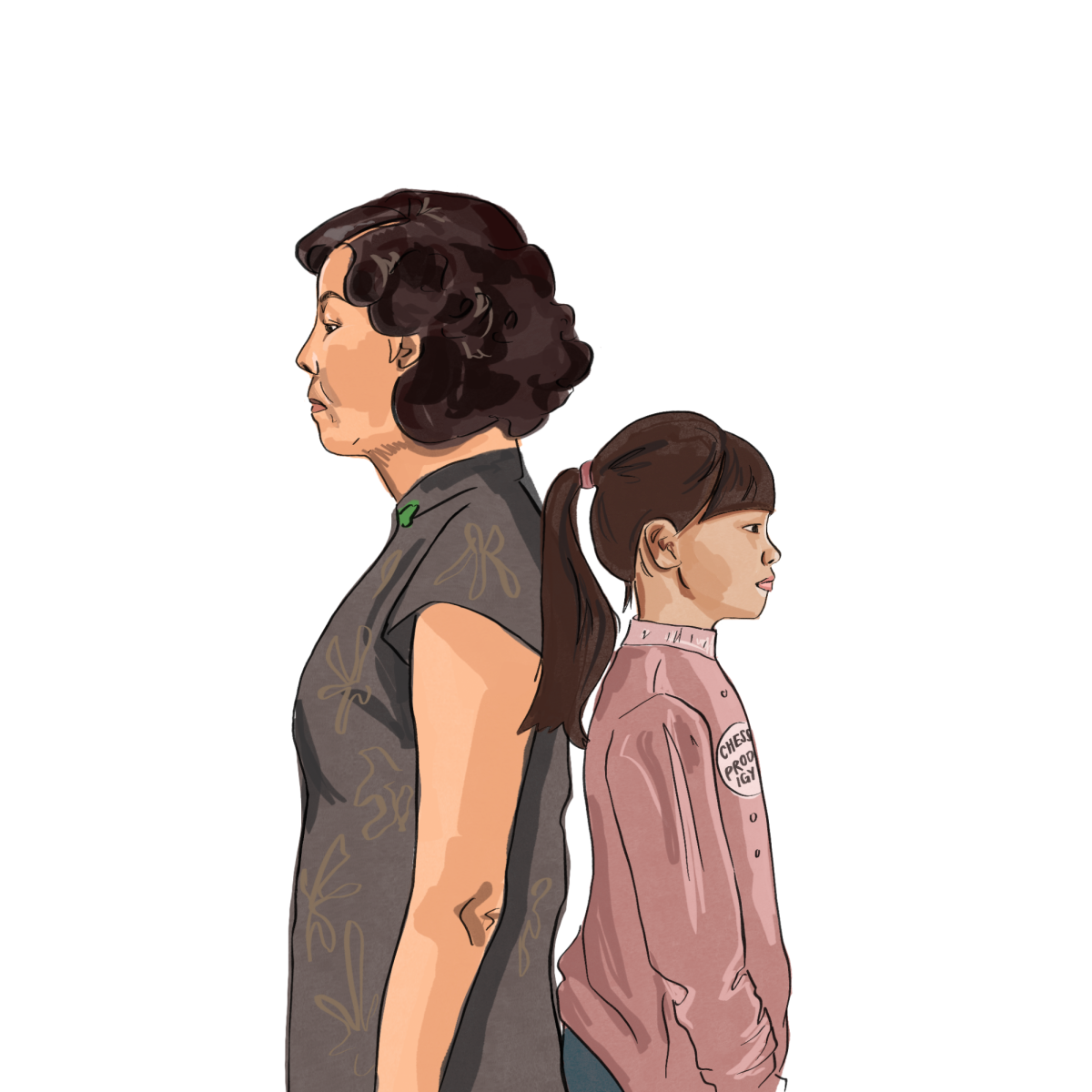Each November, the U.S. celebrates the diverse cultures and traditions of Native American communities during Native American Heritage Month. This year’s theme is “Celebrating Tribal Sovereignty and Identity,” according to the U.S. Department of the Interior’s website.
The federal government first recognized Native American Heritage Month in 1990. Since 1994, presidents have issued
proclamations each November to recognize the month. In 2009, President Barack Obama signed a resolution establishing the day after Thanksgiving as Native American Heritage Day.
According to history teacher Chris Johnson, in the 26 years he has been teaching, minority representation has always been on the state’s social studies standards. In practice, however, it varies from teacher to teacher.
“It was often at the discretion of the teacher as to how much material they brought in regarding minority groups,” he said. “I always try to include as many different ethnic groups as possible within the amount of time we have to cover everything.”
Johnson, who has taken multiple Native American studies classes at Foothill College, believes that through investigating U.S. policy regarding indigenous people, the destruction of their cultures and the influence of these communities on colonists and the modern world, students gain a better understanding of American history.
“I think that what a lot of white people don’t often realize is that even what’s considered to be American culture has been so heavily influenced by all the different types of people who have been here — that not everything is just based upon Anglo culture,” Johnson said.
Last year, history teacher David Bisbee introduced Native American Heritage Month projects to both his World History and U.S. Government classes. Each student is tasked with researching and presenting about the history of and an important figure from a federally recognized indigenous community. Bisbee hopes that these projects will increase students’ awareness and appreciation of other cultures.
“The U.S. puts out a number of heritage months, and some will get more attention than others,” he said. “That’s why I believe it’s important to look at what the state says is being recognized, and I’m doing my part to make sure these communities are being recognized in class.”
Still, Gunn alumnus Thomas Li noted areas of instructional weakness in a 2021 Advanced Authentic Research paper on indigenous representation in PAUSD K-12 curricula. Among these flaws were a lack of contemporary Native American history and the use of narratives that exclusively emphasize on disparity rather than celebrate the resilience and strength of Native Americans.
To improve the curriculum, Li proposed highlighting ongoing Native American events, bringing in guest speakers of indigenous heritage and engaging in conversation about underrepresented groups in the district.
“We don’t have to single these students out, but I think we can make an effort to promote their stories and provide a more balanced representation,” Li said.

























